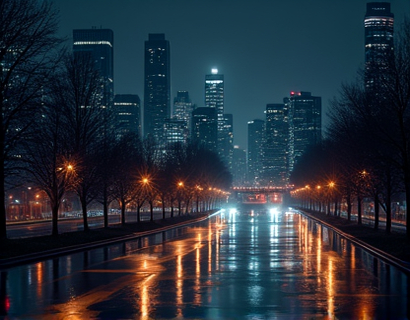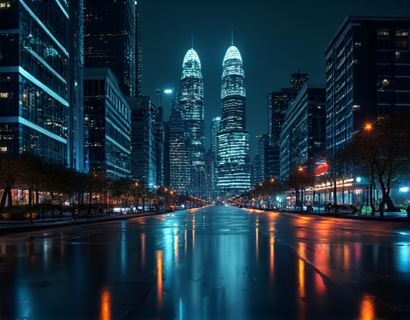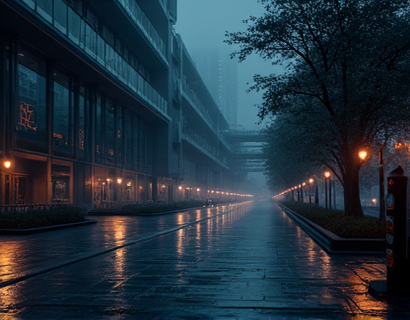Unlocking the Ancient Indus: A Traveler's Guide to Cultural Heritage and Local Wonders
The ancient Indus Valley, a cradle of civilization, beckons modern travelers with its rich tapestry of history, culture, and natural beauty. This comprehensive guide delves into the heart of this enigmatic region, offering insights into its profound cultural heritage, iconic historical landmarks, and practical travel tips to ensure an unforgettable journey. Whether you are a history enthusiast, an archaeology buff, or simply a curious traveler, this guide will unlock the secrets of the Indus Valley and provide you with a deeper understanding of this timeless land.
Historical Background
The Indus Valley Civilization, one of the world's earliest urban civilizations, flourished around 2600 BCE in the northwestern regions of South Asia, spanning parts of present-day Pakistan and northwestern India. Known for its advanced urban planning, sophisticated water management systems, and intricate craftsmanship, the Indus Valley Civilization left behind a legacy that continues to fascinate scholars and travelers alike. The civilization's decline around 1900 BCE remains a subject of debate, but its influence on subsequent cultures in the region is undeniable.
Key cities such as Mohenjo-Daro and Harappa stand as testaments to the ingenuity and sophistication of the Indus people. Mohenjo-Daro, with its Great Bath and sophisticated drainage systems, and Harappa, known for its well-planned streets and standardized weights and measures, offer a glimpse into the daily life and advanced engineering skills of the ancient inhabitants. These sites, along with others like Dholavira and Rakhigarhi, form the backbone of the Indus Valley's historical landscape.
Must-Visit Historical Landmarks
For any traveler to the Indus Valley, a visit to Mohenjo-Daro is a must. Located in the province of Sindh, Pakistan, this UNESCO World Heritage Site is one of the most well-preserved ancient cities in the world. The Great Bath, a central feature of the city, is a marvel of engineering, with a sophisticated waterproofing system that has stood the test of time. The surrounding structures, including residential buildings and public baths, provide a vivid picture of urban life in ancient times.
Harappa, situated in Punjab, Pakistan, is another essential stop. This site offers a more extensive exploration of the Indus Valley Civilization, with numerous artifacts on display in the on-site museum. The city's well-planned layout, with its grid-like streets and advanced drainage system, showcases the advanced urban planning of the Indus people. The Granary, a large public building, and the Citadel, with its imposing walls, are highlights of a visit here.
Dholavira, located in the Rann of Kutch in Gujarat, India, is a lesser-known but equally fascinating site. Its unique water management system, including reservoirs and channels, demonstrates the ingenuity of the Indus people in managing scarce resources. The site's intricate seal carvings and well-preserved structures offer a deeper insight into the daily life and religious practices of the Indus civilization.
Cultural Heritage and Local Traditions
Beyond the archaeological sites, the Indus Valley region is rich in cultural heritage and local traditions. The area is home to a diverse population with a blend of ethnicities, languages, and religions. Visitors can experience the vibrant local culture by exploring traditional markets, attending local festivals, and sampling the region's cuisine.
One of the most distinctive aspects of the local culture is the craftsmanship, particularly in textiles and pottery. The intricate block printing and embroidery found in the fabrics, and the handcrafted pottery that adorns local homes and shops, are direct descendants of the ancient Indus Valley's artisanal traditions. Visitors can witness these crafts being practiced in villages and towns, providing a living connection to the past.
Religious diversity is another hallmark of the region. The blend of Islam, Hinduism, and Sikhism is evident in the numerous mosques, temples, and gurdwaras that dot the landscape. Participating in a local prayer or festival can offer a profound insight into the spiritual life of the community. The Harmandir Sahib in Lahore, the Badshahi Mosque in Pakistan, and the Golden Temple in Amritsar, while not strictly Indus Valley sites, are significant religious landmarks that reflect the region's rich spiritual heritage.
Practical Travel Tips
Traveling to the Indus Valley requires some planning to ensure a smooth and enriching experience. Here are some practical tips to help you navigate this ancient land:
- Best Time to Visit: The cooler months from October to March are ideal for visiting the archaeological sites, as the temperatures are more manageable.
- Local Transportation: Renting a car or hiring a local guide can provide greater flexibility and access to remote sites. Public transportation is available but may be less reliable.
- Dress Code: Respect local customs by dressing modestly, especially when visiting religious sites. Lightweight, breathable clothing is recommended for the hot summer months.
- Hydration and Sun Protection: The climate can be harsh, with high temperatures and low humidity. Carry plenty of water, use sunscreen, and wear a hat to protect yourself from the sun.
- Cultural Etiquette: When visiting local communities, be respectful of local traditions and customs. Ask for permission before taking photographs, and remove your shoes when entering homes or religious sites.
- Health and Safety: Ensure you have all necessary vaccinations before traveling. Consult your doctor about malaria prophylaxis, especially if visiting rural areas. Stick to bottled water and cooked food to avoid digestive issues.
For those interested in a more immersive experience, staying in locally owned guesthouses or homestays can provide a deeper connection to the community. These accommodations often offer home-cooked meals and insights into daily life, enhancing your travel experience beyond the typical tourist attractions.
Hidden Gems and Local Attractions
While the major sites are undoubtedly impressive, the Indus Valley region is also home to numerous hidden gems and local attractions that offer a more authentic and off-the-beaten-path experience:
- Taxila: Located in Pakistan, Taxila is a UNESCO World Heritage Site known for its ancient Buddhist and Hindu monasteries. The site offers a unique blend of cultures and histories, with ruins dating from the Gandhara period to the Mughal era.
- The Cholistan Desert: This vast desert area straddles the Pakistan-India border and is home to nomadic tribes and unique wildlife. A jeep safari through the dunes can be an exhilarating adventure, offering a glimpse into a way of life that has changed little over centuries.
- Lahore's Anarkali Market: For a taste of local shopping and street food, Anarkali Market in Lahore is a must-visit. This bustling market offers everything from spices and textiles to handicrafts and souvenirs, providing a sensory overload in the best possible way.
- The Indus Civilization Museum in Karachi: This museum in Pakistan houses an extensive collection of artifacts from the Indus Valley Civilization, including seals, pottery, and jewelry. It's an excellent resource for understanding the daily life and culture of the ancient Indus people.
- The Rann of Kutch Festival: Held annually in the Rann of Kutch, this festival celebrates the region's unique culture and ecology. Visitors can enjoy traditional music, dance, and food, as well as witness the stunning natural beauty of the salt flats during the festival.
These hidden gems and local attractions provide a more nuanced and authentic experience of the Indus Valley, allowing travelers to connect with the region on a deeper level.
Conclusion
The Indus Valley is a treasure trove of history, culture, and natural beauty, offering a rich and rewarding experience for any traveler. From the ancient cities of Mohenjo-Daro and Harappa to the vibrant local traditions and hidden gems, there is no shortage of wonders to discover. By following this guide, you can plan a journey that not only educates and inspires but also leaves a lasting impression of this timeless region.










































